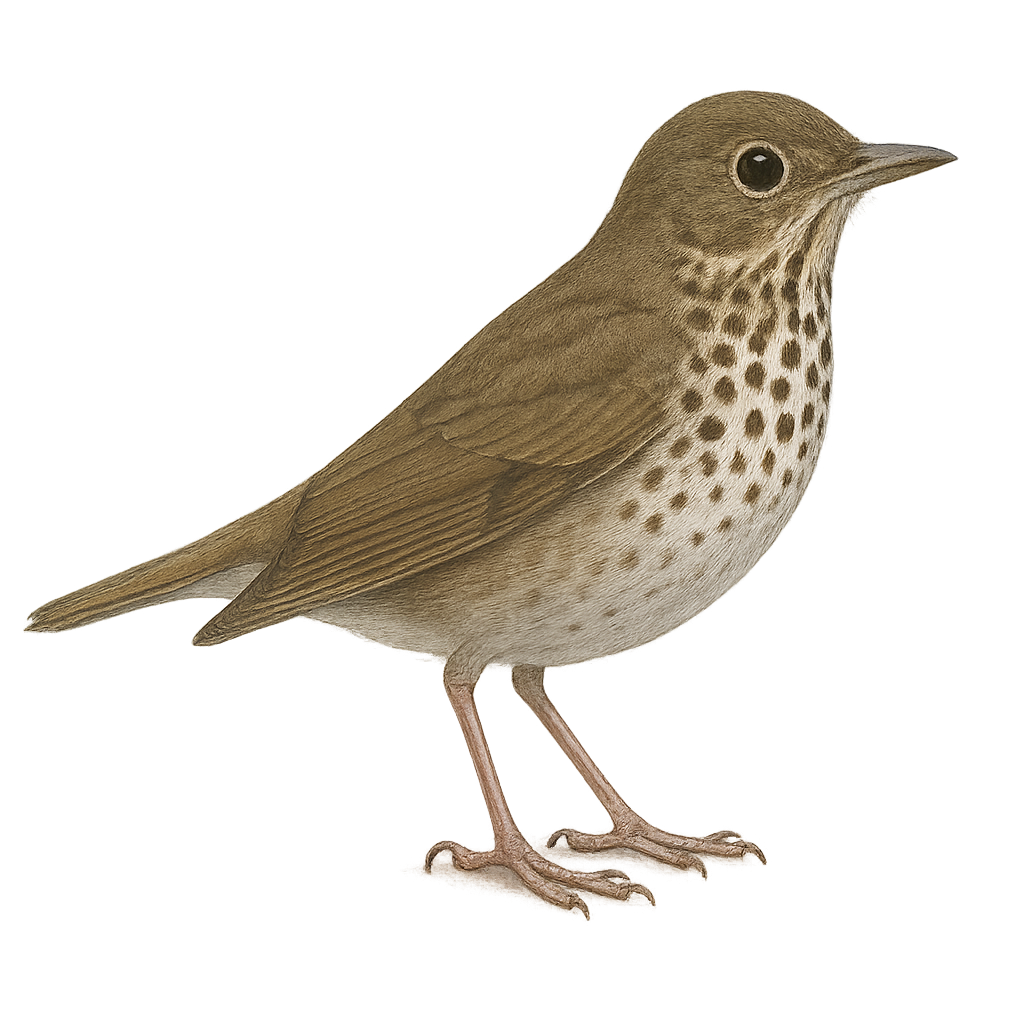Your wildlife photography guide.
Explore the swainson's thrush in detail, study its behavior, prepare your shots.
Where to observe and photograph the swainson's thrush in the wild
Learn where and when to spot the swainson's thrush in the wild, how to identify the species based on distinctive features, and what natural environments it inhabits. The WildlifePhotographer app offers tailored photography tips that reflect the swainson's thrush’s behavior, helping you capture better wildlife images. Explore the full species profile for key information including description, habitat, active periods, and approach techniques.
Swainson's Thrush
Scientific name: Catharus ustulatus

IUCN Status: Least Concern
Family: TURDIDAE
Group: Birds
Sensitivity to human approach: Suspicious
Minimum approach distance: 10 m
Courtship display: May to June
Incubation: 12-14 jours
Hatchings: May to July
Habitat:
Coniferous forests, mixed forests, moist wooded areas
Activity period :
Primarily active during the day, with peak activity in the morning and late afternoon.
Identification and description:
The Swainson's Thrush is a medium-sized migratory bird belonging to the Turdidae family. It is recognizable by its olive-brown plumage on the back and flanks, contrasting with a lighter belly. Its melodious and flute-like song is often heard in the temperate forests of North America, where it breeds during the summer. It prefers wooded habitats, especially coniferous and mixed forests. In the fall, it migrates to Central and South America to spend the winter. The Swainson's Thrush primarily feeds on insects and berries, which it finds on the ground or in bushes. It is generally discreet but can be observed during its migratory movements.
Recommended lens:
400 mm – adjust based on distance, desired framing (portrait or habitat), and approach conditions.
Photography tips:
To photograph the Swainson's Thrush, it is advisable to use a telephoto lens of at least 400mm to capture detailed images without disturbing the bird. Look for wooded areas where it is likely to feed or sing. Be patient and discreet, as this bird is suspicious. Use a tripod to stabilize your camera and wait for the right moment to capture its natural behavior. The early morning hours or late afternoon often provide the best light for photography.
The WildlifePhotographer App is coming soon!
Be the first to explore the best nature spots, track rutting seasons, log your observations, and observe more wildlife.
Already 1 414 wildlife lovers subscribed worldwide

